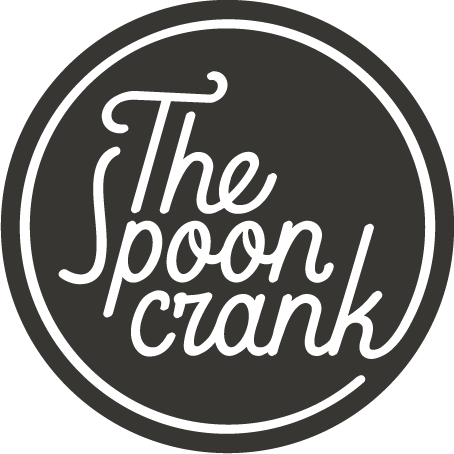Wanna join the team?
If you’re interested in selling your spoon blanks or spoon carving tools or just to share your spoon carving adventures via our blog feel free to apply.

Spoon carving is a bit more ‘refined’ than crudely making one and in our shared interest of craft I will focus on specific tools that are used to carve wooden spoons. An axe. A straight knife. A hook knife. A hand saw. These basic tools will get you there.
This site sells spoon carving kits that include tools from well known makers such as Morakniv and Gränsfors Bruk, knives and axes respectively. These are quality choices for the beginner and experienced carvers alike.
In my opinion you can not go wrong with Mora knives. Their magic lies in the relationship of quality, performance and reasonable cost. They are some of my go-to blades and always on my bench.
Gränsfors Bruks is a well known traditional maker of a considerable line of axes, including adzes, froes and draw knives. Most popular among carvers are their carving hatchets and axes as well as their line of forest axes that many carvers use in their spoon making process.
Early on in my spoon making journey I was drawn to the Swedish tool makers in part as spoon carving was an integral part of Swedish Slӧjd (a system of handi-craft based education), being handy or crafty, in the makers sense.
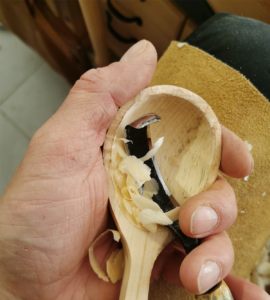
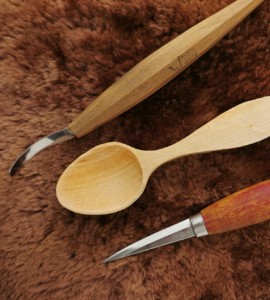
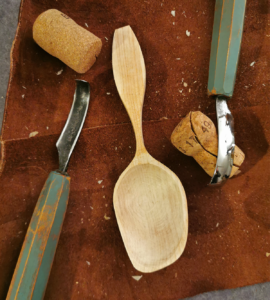
I have tools by Mora, Hans Karlsson, Svante Djarv and Gränsfors Bruk and cut my spoon carving teeth with them so to speak, and my fingers too.
Great Britain is another home to some notable tool makers. From Wood Tools (Robin Wood), Ben Orford to Nic Westermann, there is something for everyones’ pocketbook and carving style.
No matter what corner of the world you call home, the internet is your connection. Through Instagram and YouTube I know of makers in Scandinavia, Great Britain, Austria, Germany, Portugal, Israel and North America.
Please forgive me for not mentioning all of you dedicated carving tool makers. There are more now than when I began to make spōn chips. You will run across the makers as you look for your own tools.
My spoon carving experience spans the last five years. I learned from others via the internet, by observing what and how they did things and most importantly to this post, what tools they used to achieve their finished product, the spoon.
The range between minimal and full on tool collecting is very wide. Some of us are minimalists, others like to collect. I like that. It’s satisfying to see what basic tool rolls can create and fantastic to see tool specific collections some are able to assemble with tools by makers great and small.
While you don’t have to empty your bank account to acquire good tools, there is a maxim I tend to go by. If you’re going to buy a tool, buy the best that you can afford. Take it from there. It will always be worth the effort and sacrifice.
Over the course of the past three years, the number of quality carving tool makers has been growing which puts more tools in carvers hands. Of course there are also established makers with top notch reputations whose wait lists will span up to two years. I’ve had my name on a few of these a few times now and can report that my sense of patience has matured. The wait is always worth it in the end. When you finally get the tool you’ve waited for so long it’s probably like seeing a unicorn… or a sasquatch. A mythical moment.
Note: Should you discover that you’ve purchased a tool that doesn’t suit your style or doesn’t turn out to be what you wanted in terms of performance or comfort in hand etc., you can usually find eager buyers.
As makers I feel that we develop special relationships to the tools we use to make the items that force their way from an idea into reality. Without tools we are nothing but idea engines. Our tools allow us to express our ideas into existence. Making, sharing knowledge, selling and trading our spoons inspires others and enriches our community.
It is good to see which tools our peers use to make their spoons. Sometimes the tool being used doesn’t make sense until I’ve seen it in use. And then when I understand it’s use and purpose, I want to use it. And then you end up on a waiting list.
I am grateful to the tool makers who are responding to the new demand and respect their tools for their quality and what they allow me to do. I make sure that they are always sharp, protected when not in use and make sure that they don’t pose immediate dangers to myself or others in my vicinity when carving.
I’ve reached the point where I don’t really need anything new and if I do see something that I think I need, I will get rid of a tool to justify the new acquisition. Sometimes you have to act fast. The last time I did that was when I sold my Hans Karlsson carving axe to buy a Nic Westermann axe that came up for sale unexpectedly. I doI miss the HK axe from time to time and I’d be untruthful if I said that I didn’t want one of every carving axe out there. You makers know who you are.
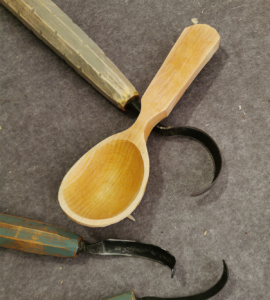
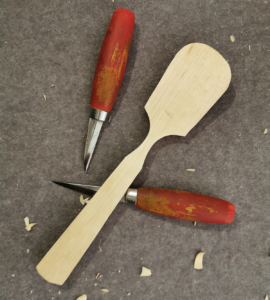
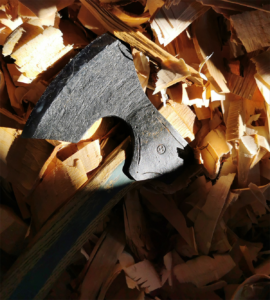

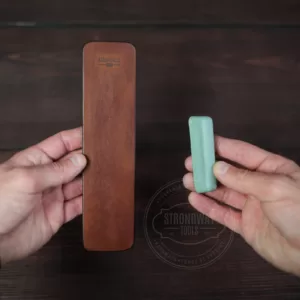
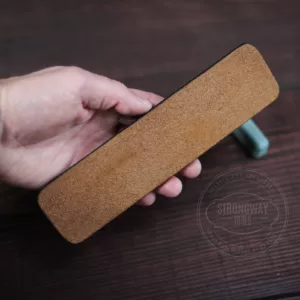
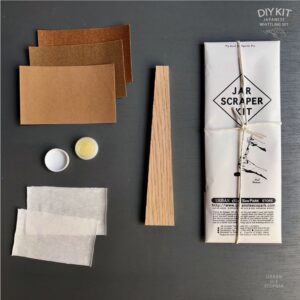
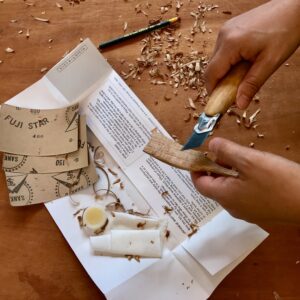
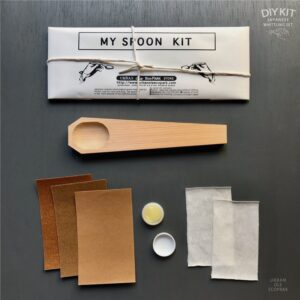
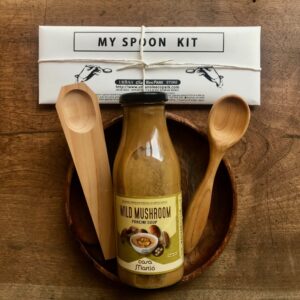
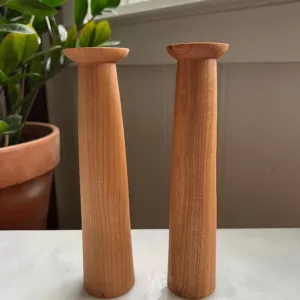
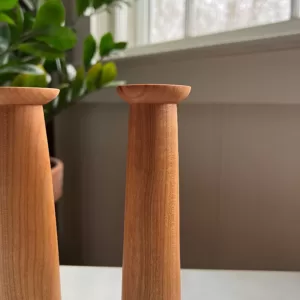
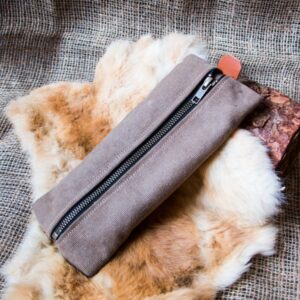
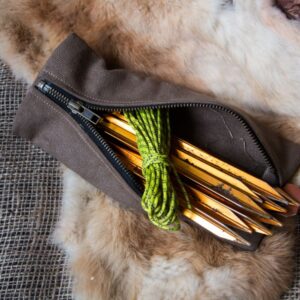
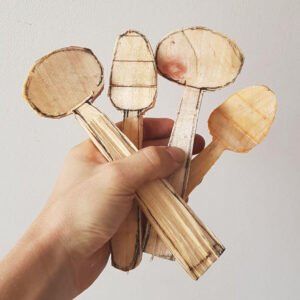
If you’re interested in selling your spoon blanks or spoon carving tools or just to share your spoon carving adventures via our blog feel free to apply.
|
|
Thank you for Signing Up |






Enter below the tracking number of your order to track it.
